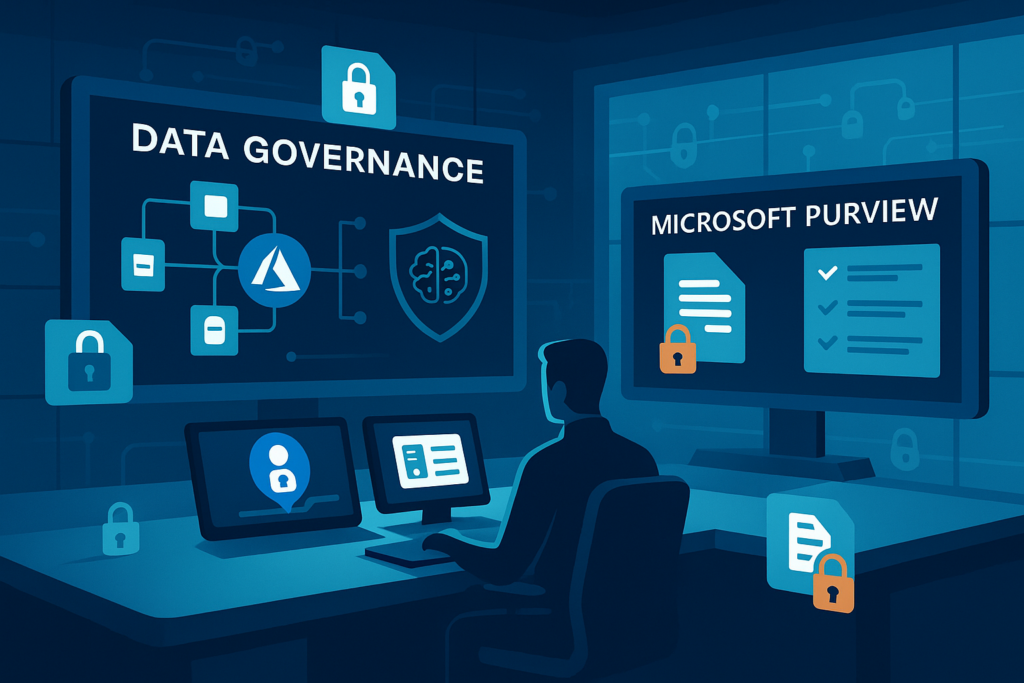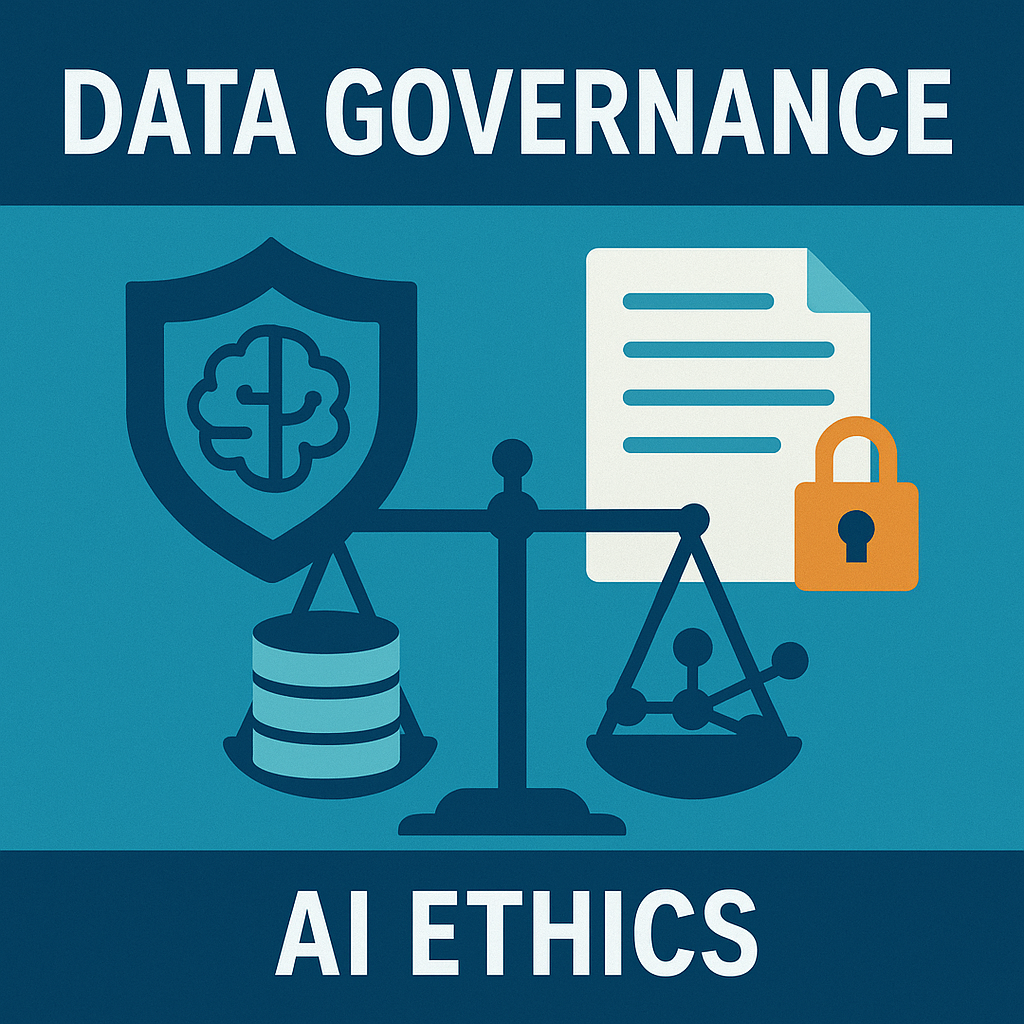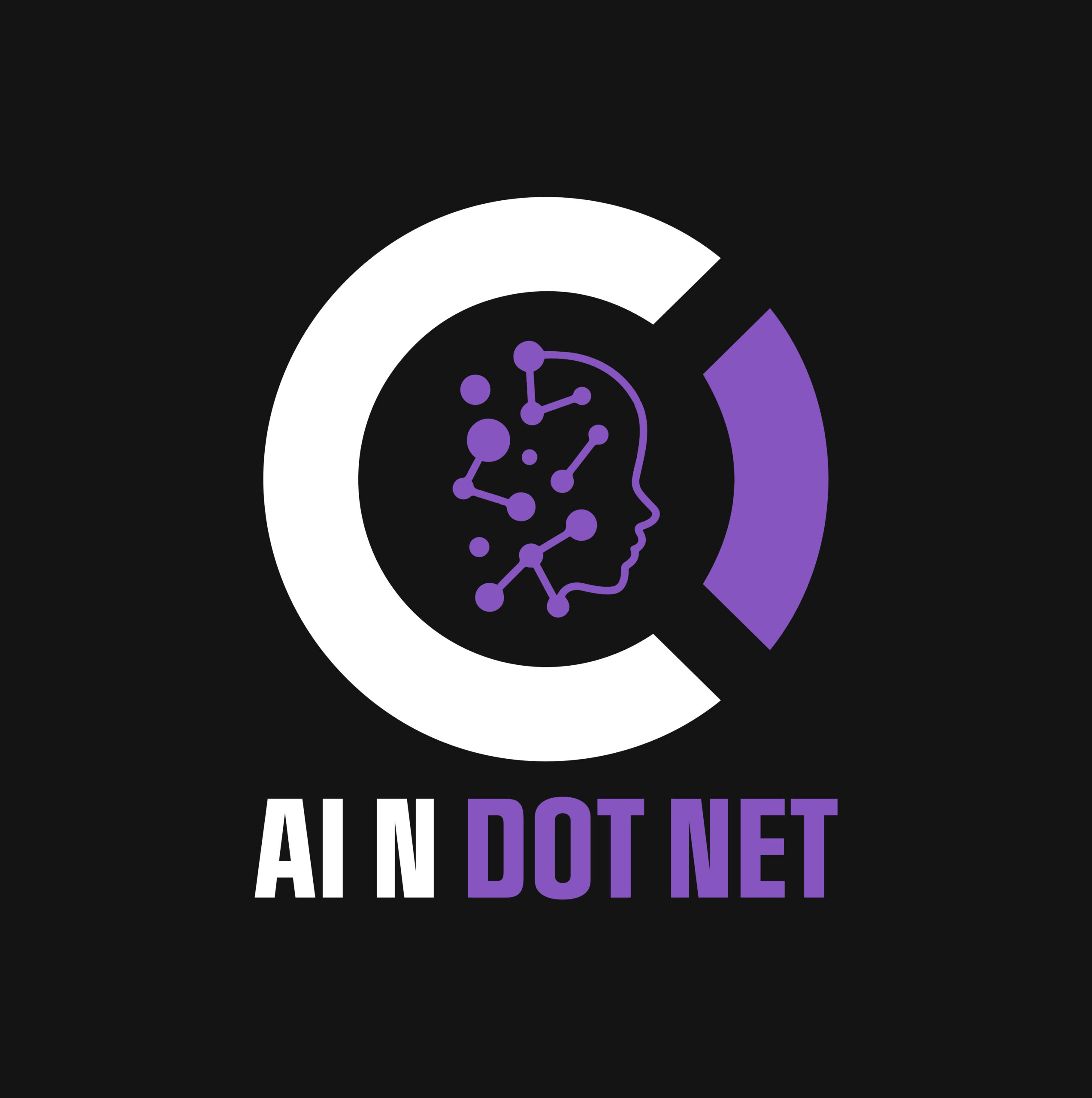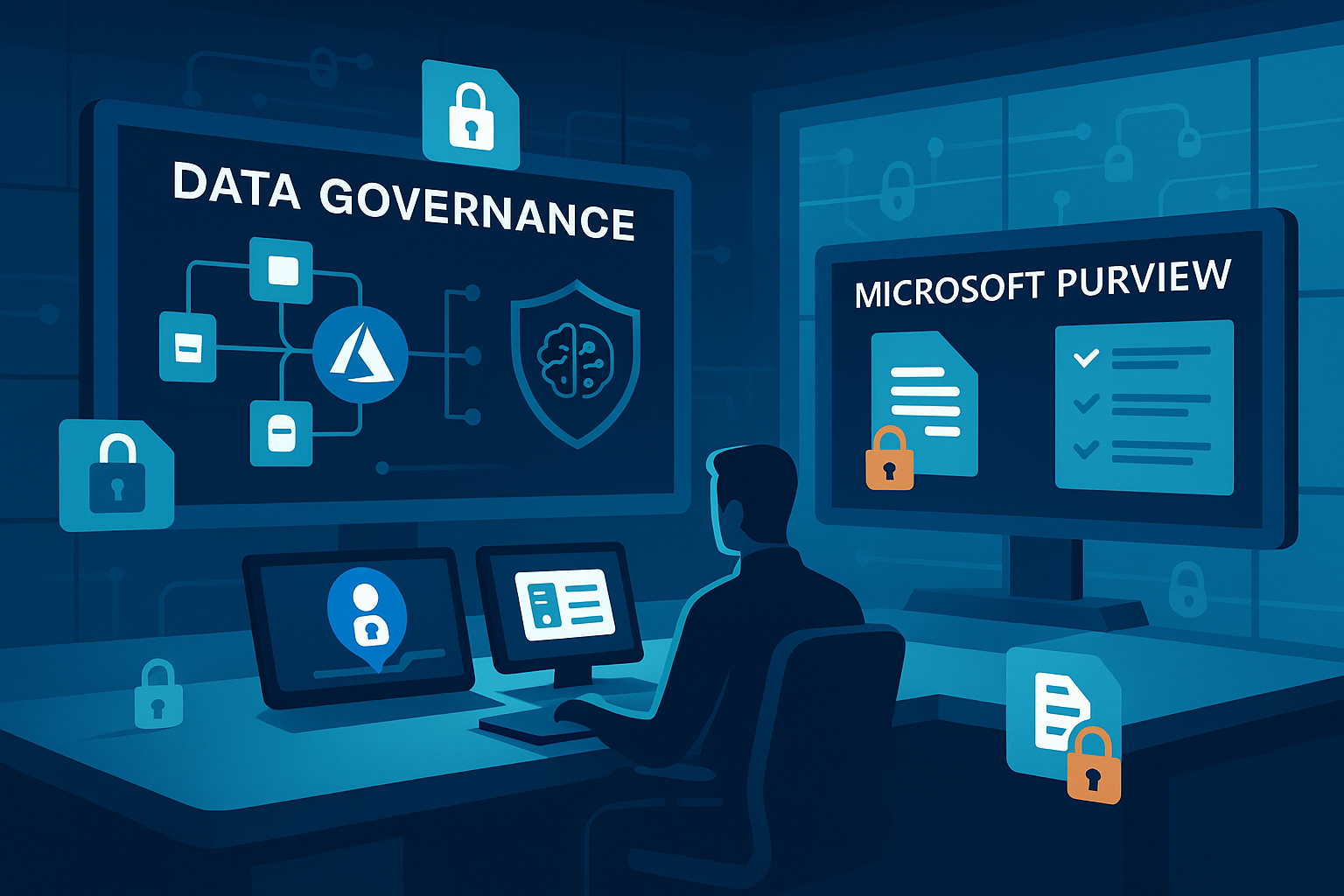The rush to deploy AI often overlooks one of the most critical factors for long-term success: data governance. Especially in Microsoft-centric environments—where tools like Azure, SQL Server, Power BI, and Microsoft 365 intersect—governance isn’t just a compliance checkbox. It’s the foundation of trust, scalability, and survivability for any AI initiative.
In this article, we’ll explore how CIOs, Security leads, and DBAs can establish resilient data governance frameworks that align with Microsoft technologies, support AI adoption, and prevent high-risk missteps.
🚨 Why Governance is a Make-or-Break for AI
AI systems don’t just “use data.” They learn from it. Which means poor governance can:
- Encode bias or misleading insights
- Create legal liabilities
- Leak sensitive or regulated data
- Lead to hallucinations from low-quality sources
- Undermine the credibility of AI outputs
This is even more dangerous when data comes from spreadsheets, chat logs, emails, or loosely structured SharePoint files—the bread and butter of many Microsoft shops.

🏛️ What Microsoft-Centric Teams Must Get Right
1. Ownership and Lineage
- Use Azure Purview (now Microsoft Purview) to track where data originates, how it’s transformed, and who touches it.
- Document data pipelines from SQL Server, Synapse, Excel, SharePoint, and Teams.
- Ensure metadata flows alongside the data—so LLMs know what they’re using.
2. Access and Identity Controls
- Tie AI assistants and pipelines into Azure Active Directory for role-based access.
- Use Conditional Access policies and Just-In-Time (JIT) privilege elevation for sensitive AI data use.
- Leverage Microsoft Information Protection (MIP) to classify and label sensitive data (e.g., financials, PII).
3. Data Quality and Trustworthiness
- Apply data quality checks in ETL pipelines (Data Factory, Synapse Pipelines).
- Flag stale, outlier-heavy, or poorly sourced data so it’s excluded from training or prompting.
- Store signal scores or confidence levels alongside AI outputs in SQL or Dataverse.
4. Auditability and Explainability
- Log all AI prompts, responses, and decisions using Application Insights, Log Analytics, and Azure Monitor.
- Build dashboards in Power BI for auditing: what models accessed which data, when, and why.
- Enable human override or review on critical AI-generated content—especially in regulated industries.
⚖️ Ethical, Legal, and Regulatory Concerns

Microsoft environments must support standards like:
- GDPR (EU privacy)
- HIPAA/HITECH (US health data)
- PCI-DSS (payment processing)
- NIST 800-171, FedRAMP, FIPS 140-3 (US government/security compliance)
Ask:
- Can your AI assistant pull from regulated files in OneDrive or SharePoint?
- Can you audit what questions it answered and where the data came from?
- Are your models allowed to train on internal documents?
Most orgs have shadow AI using tools like ChatGPT without any of these safeguards. That’s a governance risk hiding in plain sight.
✅ Best Practices Checklist
| Category | What to Implement Now |
|---|---|
| Data Cataloging | Microsoft Purview + tagging for all data assets |
| Security | Role-based access, AAD integration, Microsoft Defender |
| Quality Control | Automated checks on source files, manual review of outputs |
| Audit Logs | Log every AI interaction, build dashboards in Power BI |
| Policy Enforcement | Train users on data usage, restrict consumer AI tools internally |
🔐 CIOs, DBAs, and Security Teams: Who Owns What?
| Role | Responsibility |
|---|---|
| CIOs | Define governance policy and ensure org-wide alignment |
| Security | Enforce technical controls, monitor data flow, and respond to breaches |
| DBAs | Ensure data is high-quality, structured, and tagged correctly |
| Everyone | Should understand the risks of AI using uncontrolled or unapproved data |
🔁 Conclusion: Governance Is Not a Barrier—It’s an Enabler
Strong governance doesn’t slow down AI. It makes it usable, scalable, and trusted across departments and stakeholders. For Microsoft-centric organizations, the tools already exist—Purview, AAD, MIP, Power BI, and Azure AI all integrate tightly. The key is to align these tools with your AI strategy from the start.
If you want AI to last beyond the pilot phase—or pass an audit—then governance must be part of the blueprint.
Want to stay ahead in applied AI?
📑 Access Free AI Resources:
- Download our free AI whitepapers to explore cutting-edge AI applications in business.
- Check out our free AI infographics for quick, digestible AI insights.
- Explore our books on AI and .NET to dive deeper into AI-driven development.
- Stay informed by signing up for our free weekly newsletter

